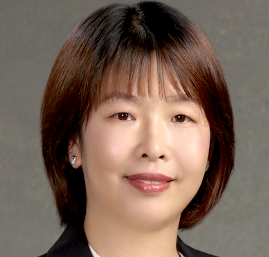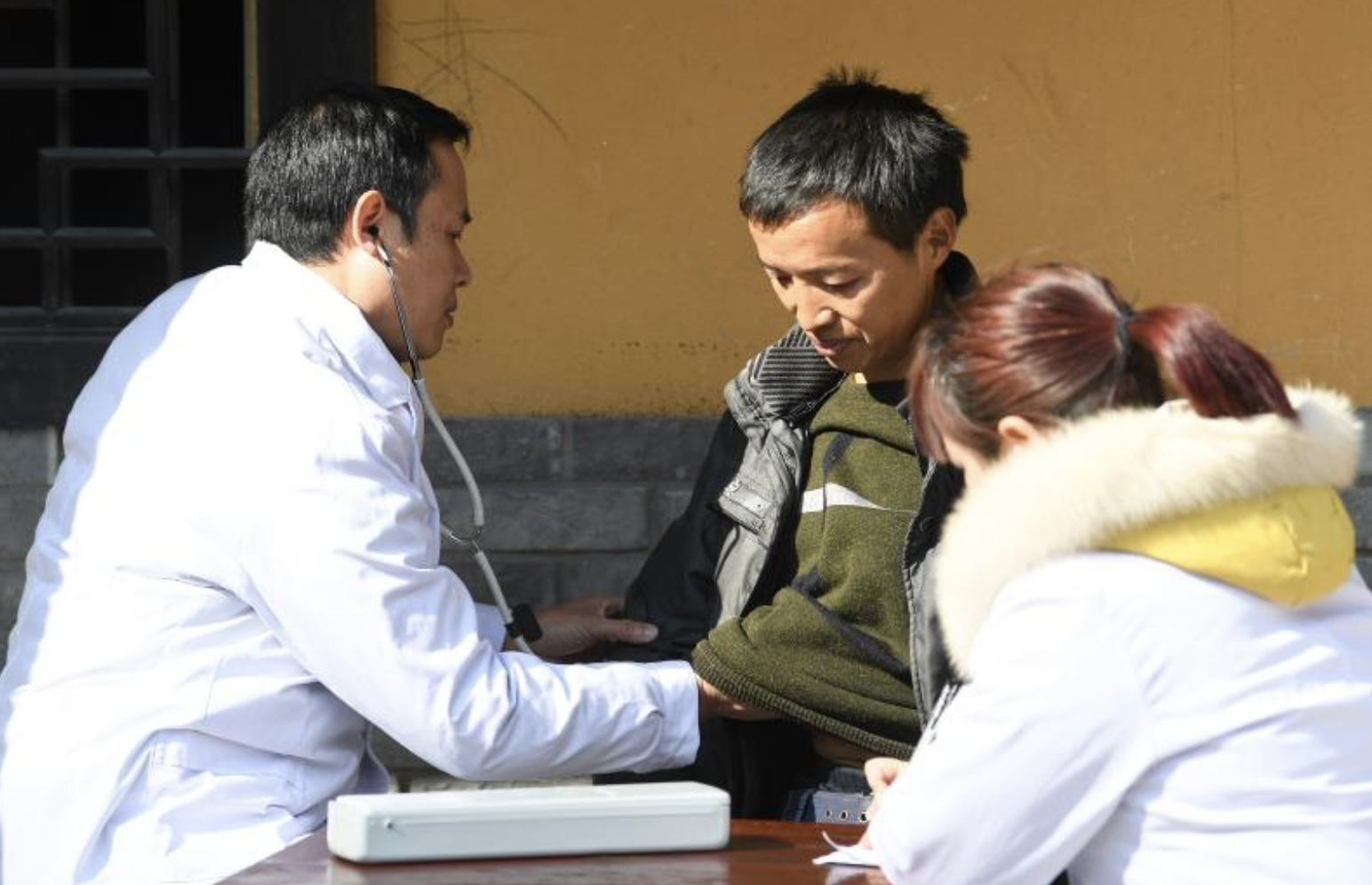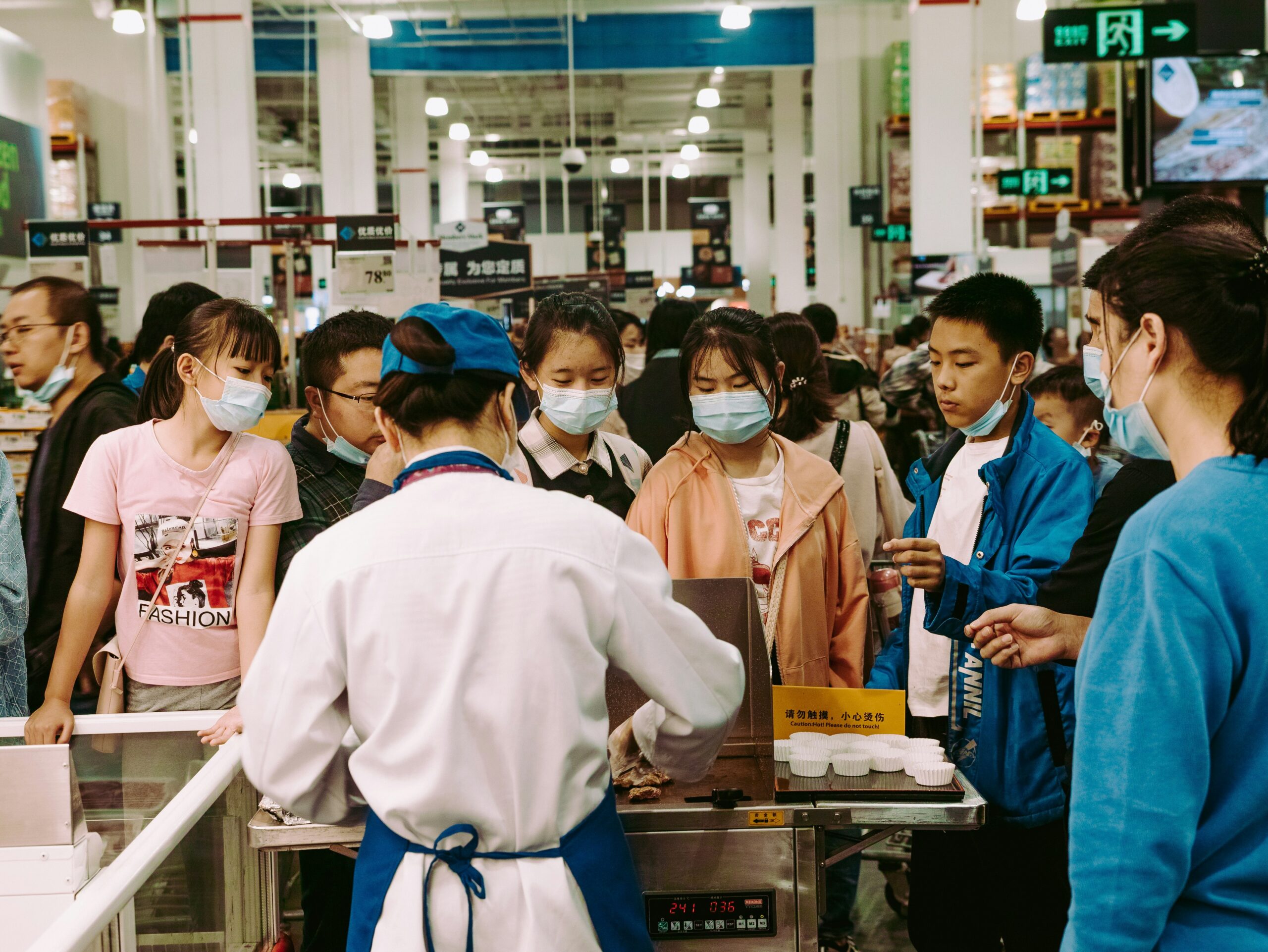China is an upper-middle-income country with more than 1.4 billion people. Three social health protection schemes cover almost the entire population. The consolidation of social health protection schemes will further improve health equity.
Insurance coverage expanded by mixing funding sources
China has gradually extended social health protection schemes for universal health coverage based on employment status and residence area (urban or rural). The Urban Employee Basic Medical Insurance scheme (UEBMI) is for people in the formal employment sector was implemented in 1998. It was followed in 2003 by the New Rural Cooperative Medical Scheme (NCMS) for rural residents in the formal employment sector and in 2007 by the Urban Resident Basic Medical Insurance scheme (URBMI) for urban residents working in the informal job sector or unemployed. The three schemes covered almost the entire of Chinese population. Each scheme relies on different sources of funding. NCMS and URBM are funded through government subsidies and individual contributions, while UEBMI is solely financed through contributions from both employers and employees[1].
Consolidating social health protection schemes to improve health equity
The fragmentation of social health protection schemes leads to different benefit packages, levels of financial burden for households, and administrations across schemes. Therefore, inequity persists in China’s health system. The integration of social health protection schemes into one consolidated scheme is a main goal in China’s health reform agenda[1]. In 2016, China officially announced the integration of NCMS and URBMI into one scheme[2]. In addition, the National Healthcare Security Administration was established in 2018 to oversee and manage the integrated medical insurance scheme at the national level. These reforms are expected to enhance the pool of funds and show that disparities in health protection coverage in China are narrowing.
References
[1] Chinese Communist Party Committee and State Council. “Policy Document number 6: Guiding Principles for Health System Reform”. 2009.
[2] Ma, Chao et al. “Does integrated medical insurance system alleviate the difficulty of using cross-region health Care for the Migrant Parents in China – Evidence from the China Migrants Dynamic Survey”. BMC Health Services Research vol. 21,1 1053. 5 Oct. 2021, doi:10.1186/s12913-021-07069-w




